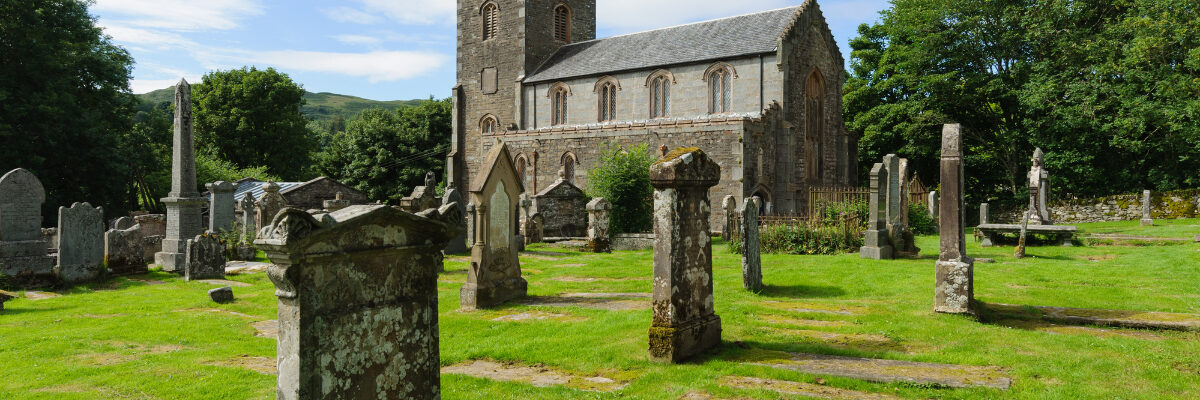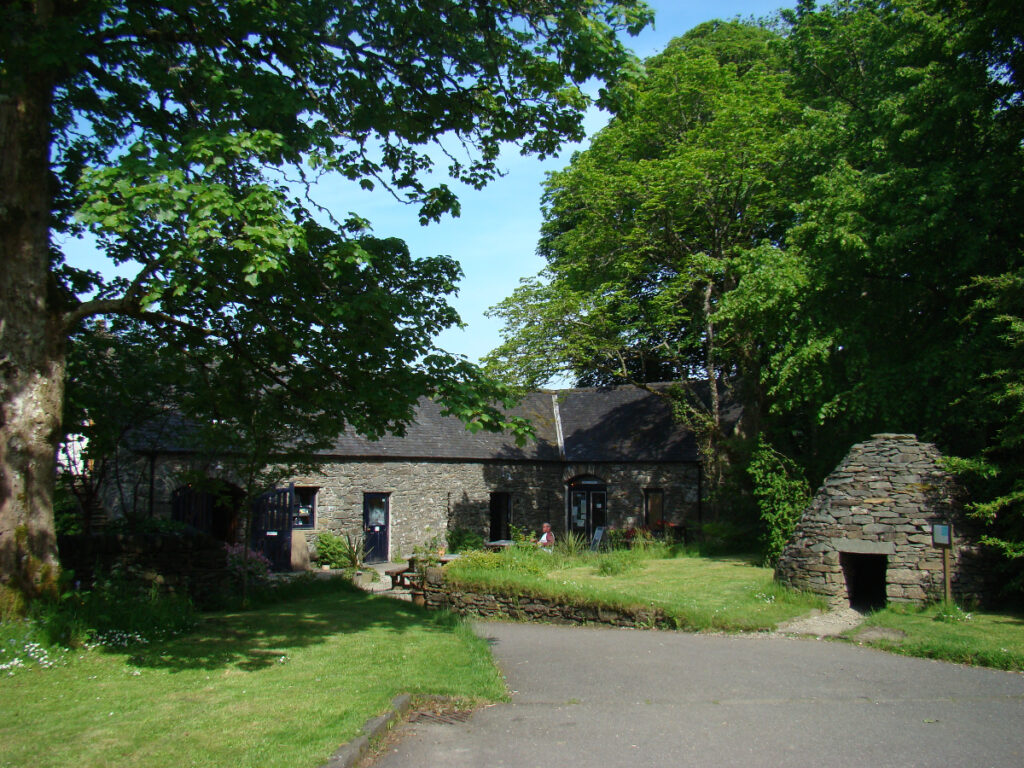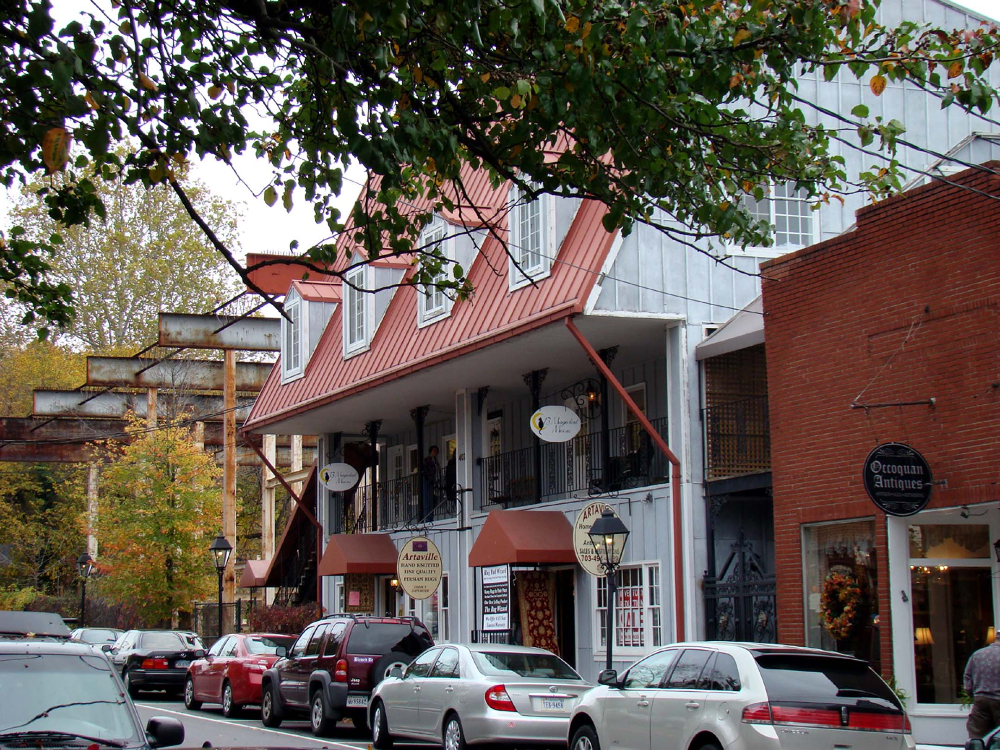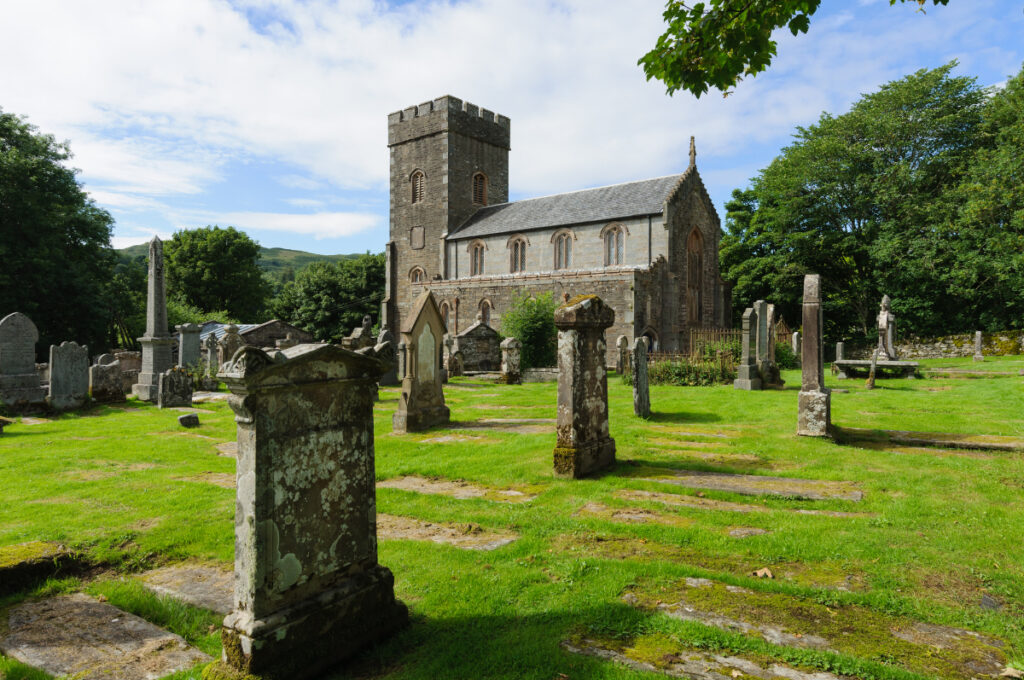
Kilmartin is a small Scottish village located in Argyll and Bute that is steeped in history and culture. It is a hub for archaeology, showcasing some of the most important prehistoric sites in Scotland, including standing stones, burial cairns, and rock art. The Kilmartin Museum is the perfect place to start your journey and learn about the rich history of this fascinating area.
Kilmartin’s history
If you love history, you’ll love Kilmartin. The area has a rich and diverse history, dating back to the Neolithic period (4000-2500 BC). Home to some of Scotland’s most important prehistoric sites, you’ll find standing stones, burial cairns, rock art, and hill forts here.
The standing stones are among the oldest and most impressive in Scotland, and some are believed to have been erected as early as 4000 BC. The burial cairns, some of which date back to the Bronze Age (2500-800 BC), were used for interring the dead and were often accompanied by standing stones and rock art.
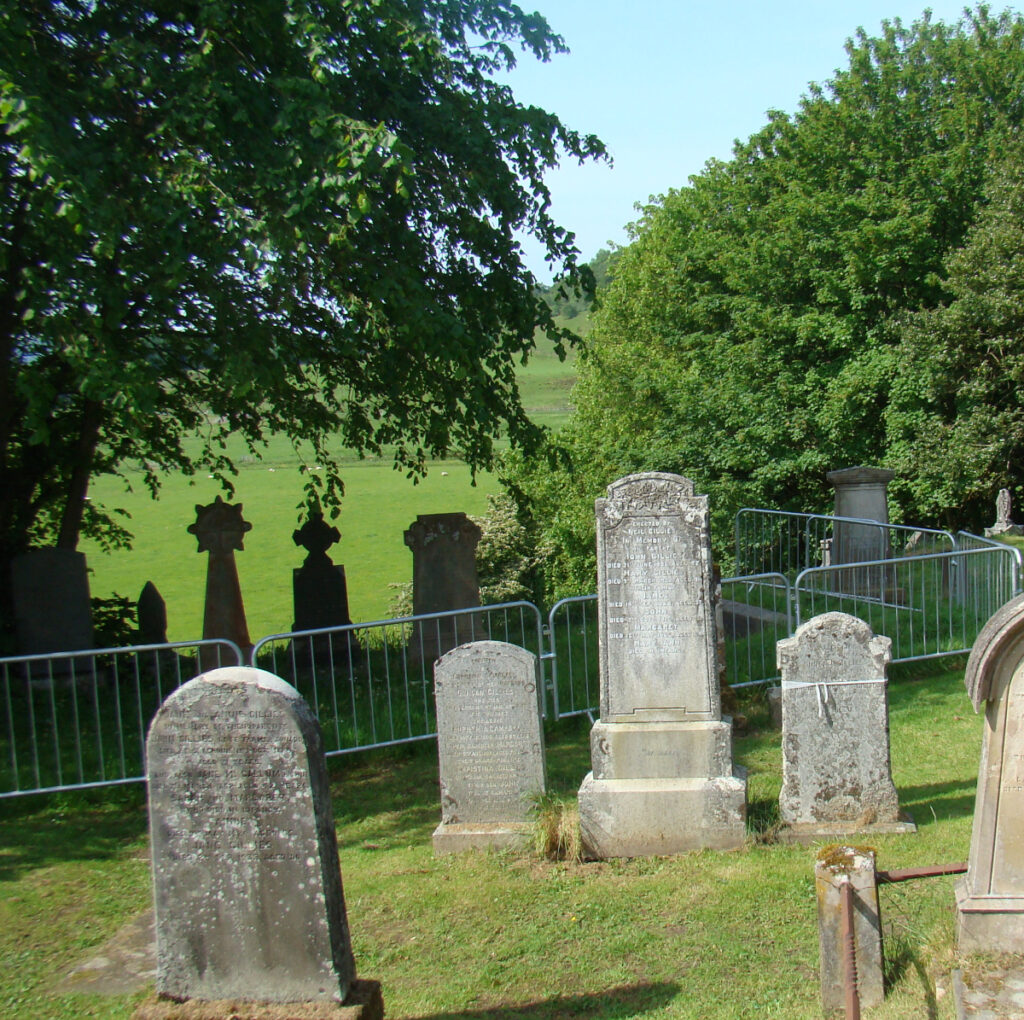
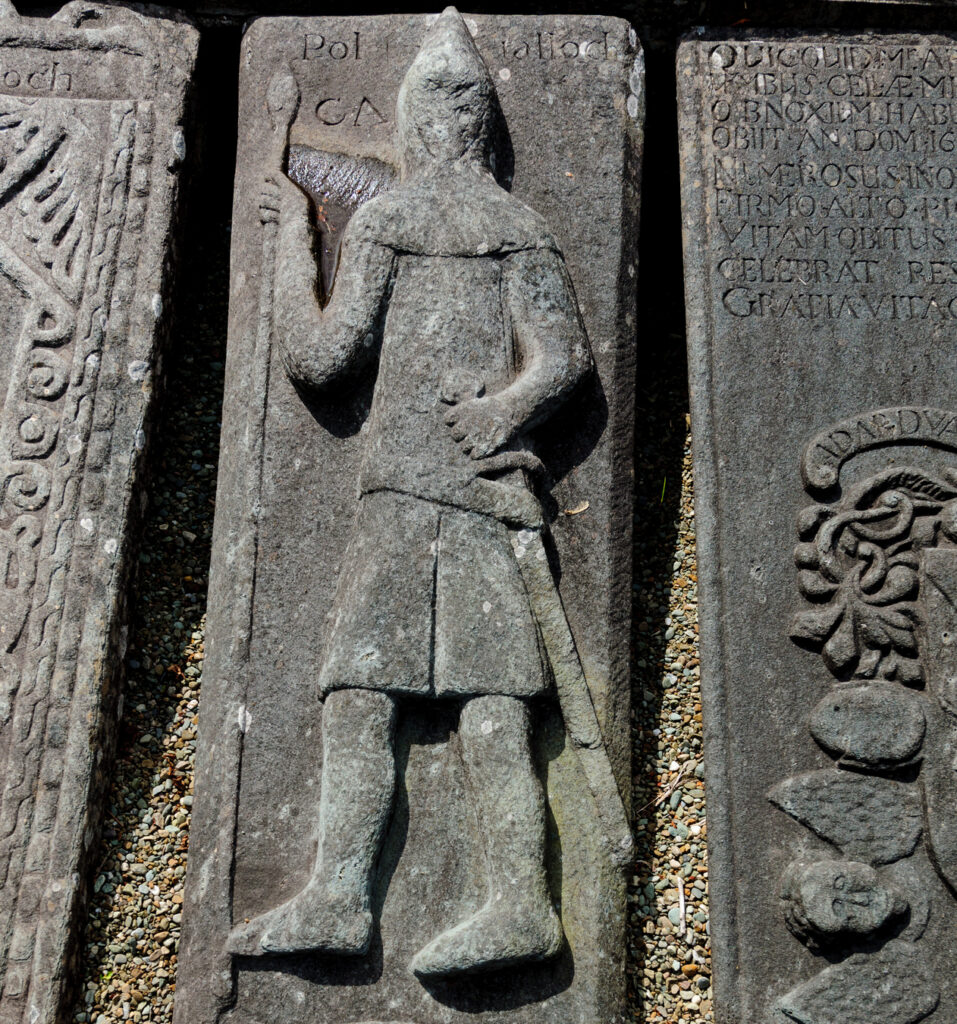
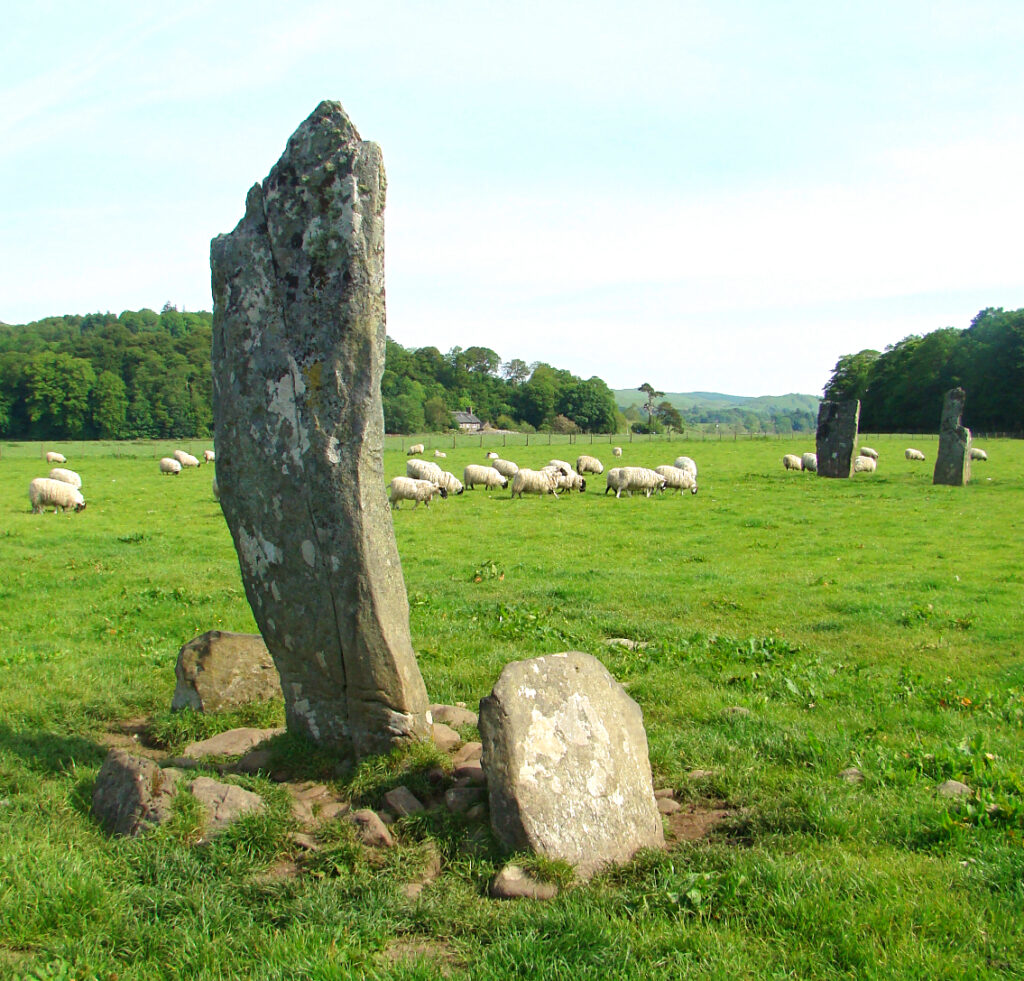
It’s said to be Scotland’s richest prehistoric landscape, with remains that indicate people have been living here for thousands of years. With more than 350 ancient monuments in Kilmartin alone, it’s easy to imagine the landscape as it was so very long ago, and what the people were like who lived, loved, and laughed here.
Kilmartin Museum
During my visit, I especially enjoyed the Kilmartin Museum which interprets and explains the conservation of the archaeological and natural heritage of Kilmartin Glen.
The Kilmartin Museum is an important destination for you if you’re interested in the history and culture of Scotland. Housing a wealth of artifacts, the museum includes Neolithic and Bronze Age pottery, tools, and jewelry, as well as later Iron Age and medieval finds.
The exhibits are interesting, well-designed, and informative; you’ll learn a lot about the history of Kilmartin and the surrounding area through interactive displays and educational videos.
Many of the ancient artifacts the museum cares for are from across Argyll.
While you’re in Kilmartin, you should take a stroll through the graveyard at Kilmartin Church, well known for its early stone crosses – one that is more than a thousand years old – and a superb collection of beautifully carved medieval grave slabs.
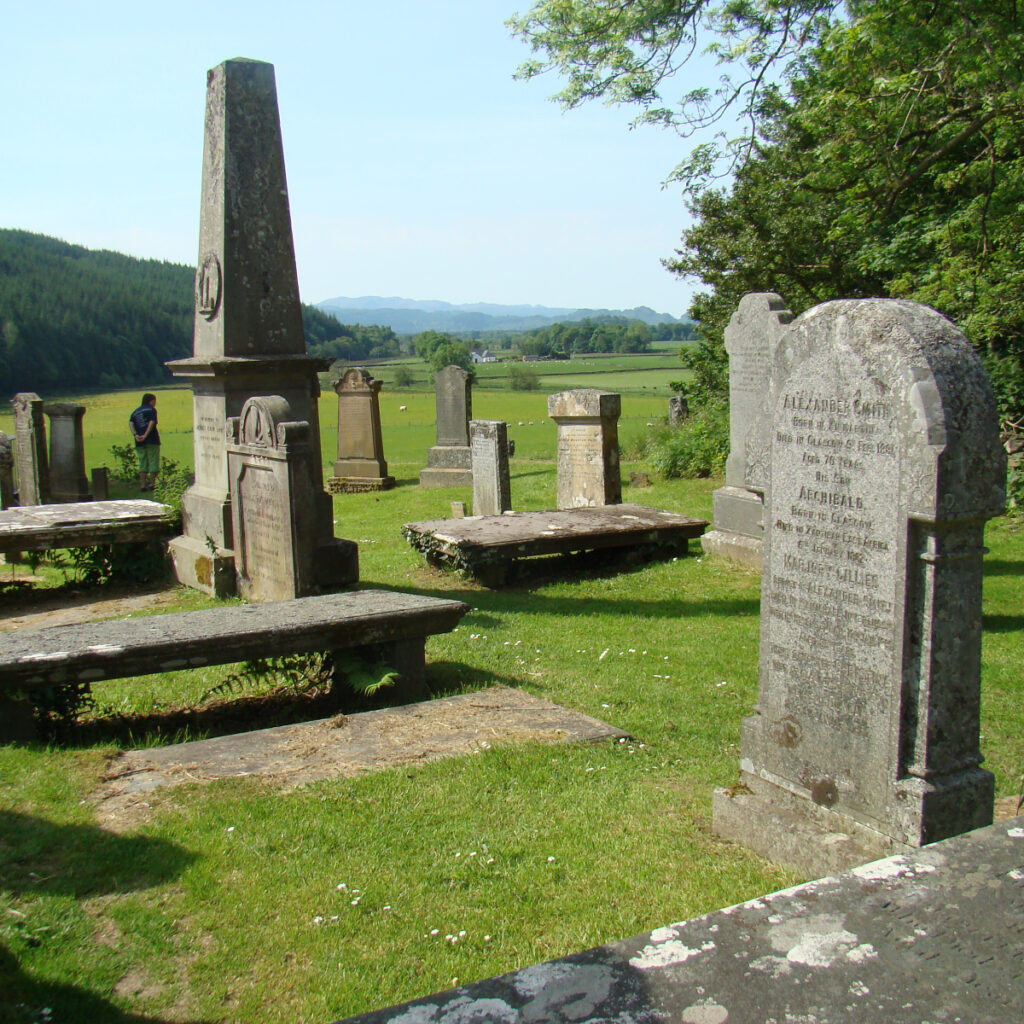
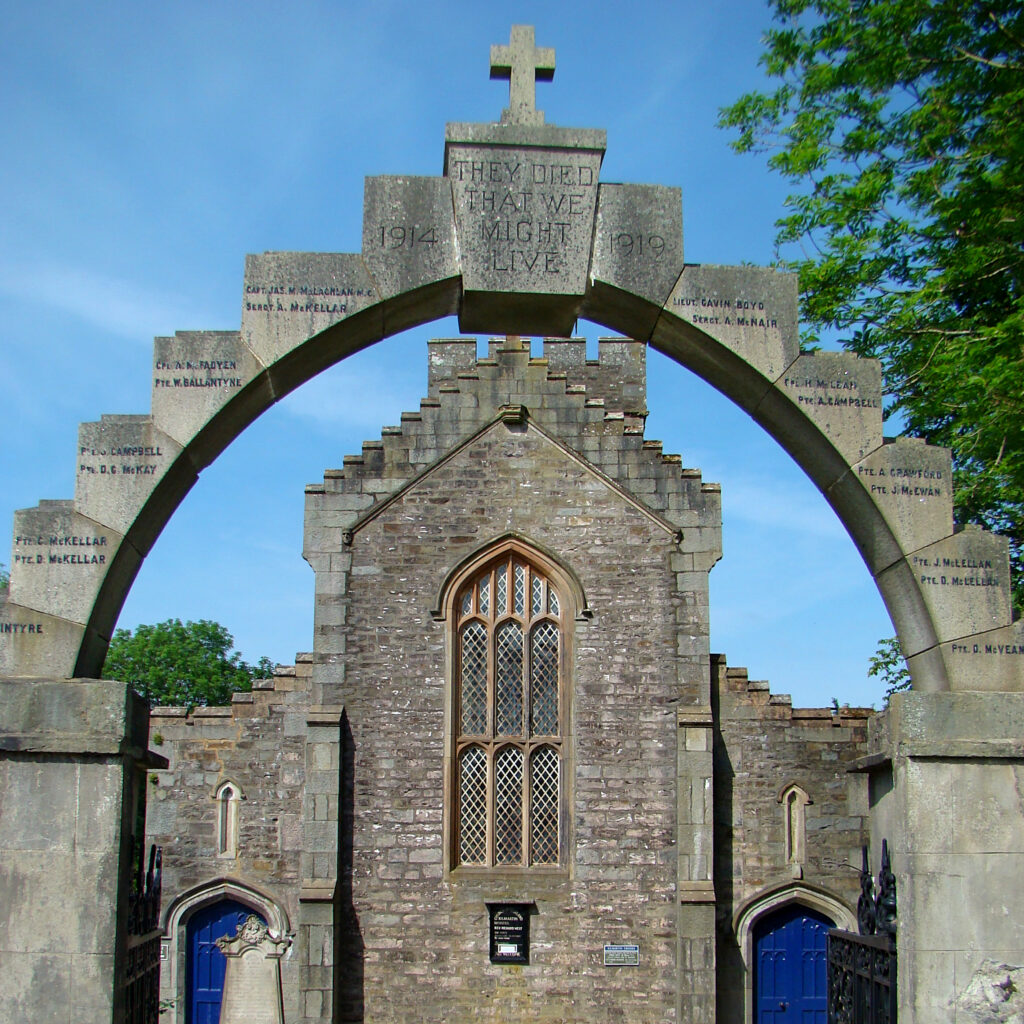
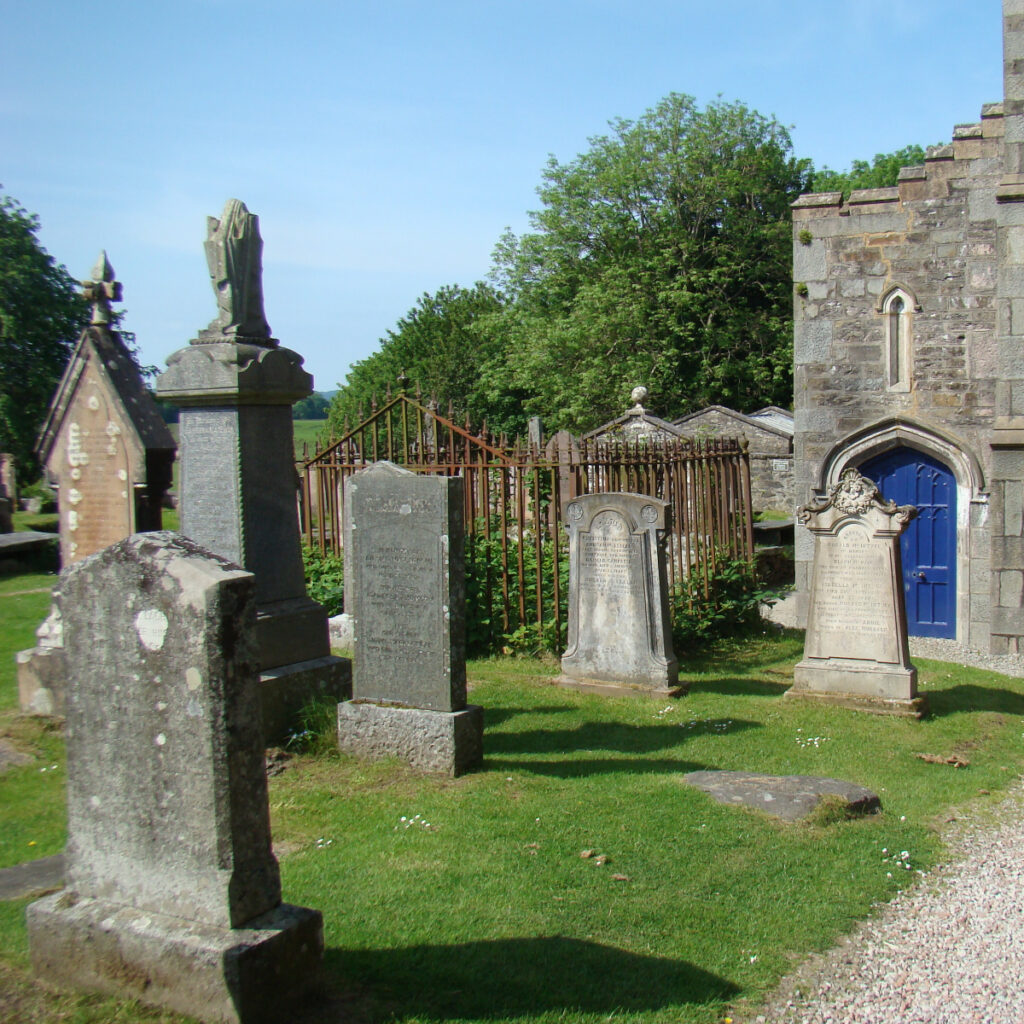
I found this quote on Kilmartin Museum’s website. It gets to the heart of why this museum is so special:
“How many museums can you go to where you can examine a Bronze Age pot and look out of the window and see the burial mound where it came from?” — Sir Tony Robinson (Time Team)
The museum also features a café, so there’s no need to pack a lunch or leave if you get hungry. And there’s also a gift shop where you can purchase a variety of items, including a nice selection of books, postcards, and souvenirs.
Kilmartin and the Kilmartin Museum offer a unique opportunity to learn about the rich history of Scotland. Whether you are an archaeology enthusiast, a history buff, or just someone looking for a great day out, a visit to Kilmartin is a fascinating journey through time.
Note: Kilmartin museum is closed until spring 2023 to build new visitor experiences and upgrade its collections.
Books to read before you go:
The Kilmartin Glen: A Guide to the Archaeology and History by Graeme Cavers, Jane Geddes and Elspeth McLellan – This book is a comprehensive guide to the archaeology and history of Kilmartin Glen, and is packed with information and illustrations on the area’s many standing stones, burial cairns, and rock art.
The Megalithic Monuments of Britain and Ireland by Aubrey Burl – This book provides an overview of the megalithic monuments of Britain and Ireland, including those found in Kilmartin Glen. The author explores the history and cultural significance of these structures, as well as their place in the wider megalithic tradition.
The Prehistoric Landscapes of Kilmartin by Mike Bailey and Richard Bradley – This book provides a detailed analysis of the prehistoric landscapes of Kilmartin Glen, including the distribution and characteristics of its standing stones, burial cairns, and rock art.
The Archaeology of the Celtic World by Barry Cunliffe – This book provides a comprehensive overview of the archaeology of the Celtic world, including Scotland. The author covers the history and cultural significance of the standing stones, burial cairns, and other monuments found in Kilmartin Glen and its surrounding area, as well as their place in the wider Celtic context.
And for you fiction readers (I’m one as well!) here is a suggestion:
The Outlander series by Diana Gabaldon: This historical fiction series is set in Scotland during the 18th century and follows the story of a time-traveling nurse who falls in love with a Scottish warrior. The series explores the rich history and folklore of Scotland, including the standing stones in general.
Traveling to Scotland? You may also like In the Heart of the Scottish Highlands: Exploring Inverewe Garden.

